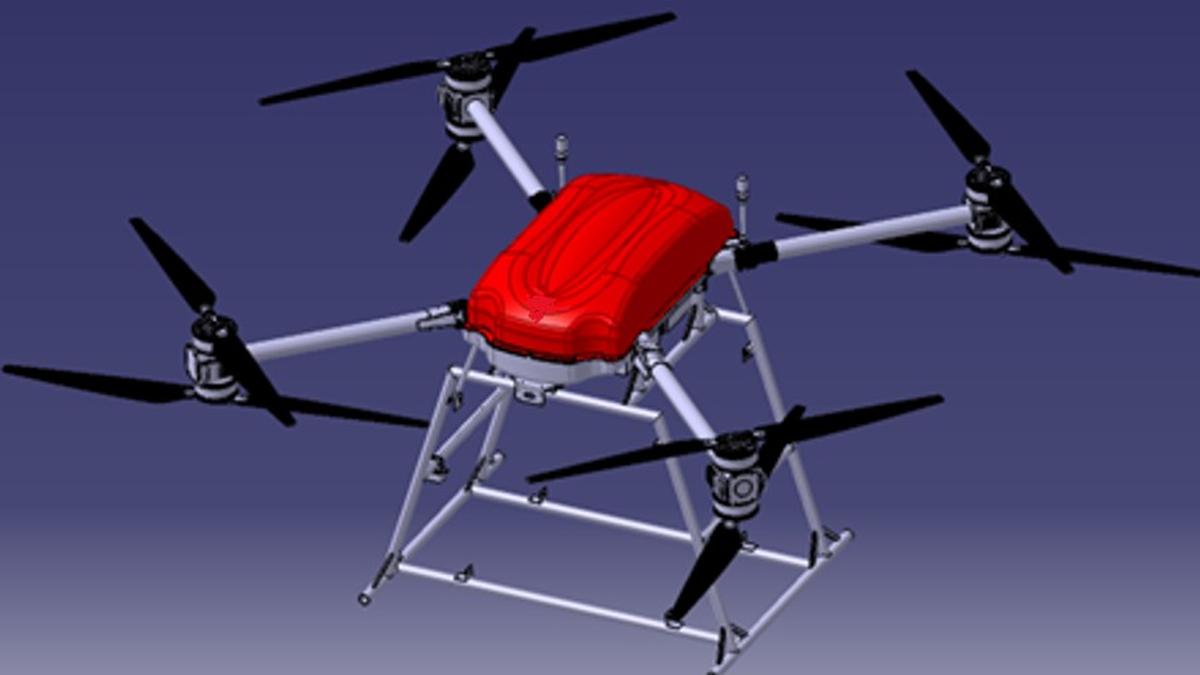SOURCE: IDRW.ORG TEAM


Researchers at the Madras Institute of Technology (MIT), Anna University, have made a significant breakthrough in drone technology with the development of a groundbreaking airborne-based intelligent autonomous landing system. This innovative system is designed to revolutionize the way drones operate, particularly in challenging environments.
The Indian Patent Office has granted a patent for this technology, recognizing its innovative nature and potential applications. The system enables mini-Unmanned Aerial Vehicles (UAVs) to accurately identify the geographical location of landing sites based on images captured from the air.
Professor K. Senthil Kumar, Director of the Dr. Kalam Advanced UAV Research Centre, Department of Aerospace Engineering at MIT, explained the immense potential of this technology. The system can be utilized for various purposes, including the delivery of essential supplies to armed forces deployed in remote or inaccessible locations, emergency relief and rescue operations, and the delivery of goods to support combat missions.
The technology developed by the MIT team addresses a key limitation of existing UAVs, which are often restricted to landing at pre-determined, well-prepared landing sites. The new system can identify specific markers, such as a particular colored dress or object, and land safely on uneven terrain, including hilly surfaces with varying slopes.
The researchers at MIT have been working on enhancing the capabilities of their UAVs. They have successfully developed UAVs that can carry loads up to 50 kg for a distance of 20 km. Current efforts are focused on increasing the load capacity to 100 kg and extending the flying distance to 50 km.
The development of this advanced drone landing system marks a significant milestone in the field of UAV technology. It has the potential to transform various industries, including logistics, agriculture, and emergency response. By enabling drones to operate more autonomously and effectively in challenging environments, this technology can open up new possibilities for the use of UAVs in a wide range of applications.
NOTE : Article cannot be reproduced without written permission of idrw.org in any form even for YouTube Videos to avoid Copy right strikes. Websites doing illegal reproductions will get DCMA and Legal Notices.